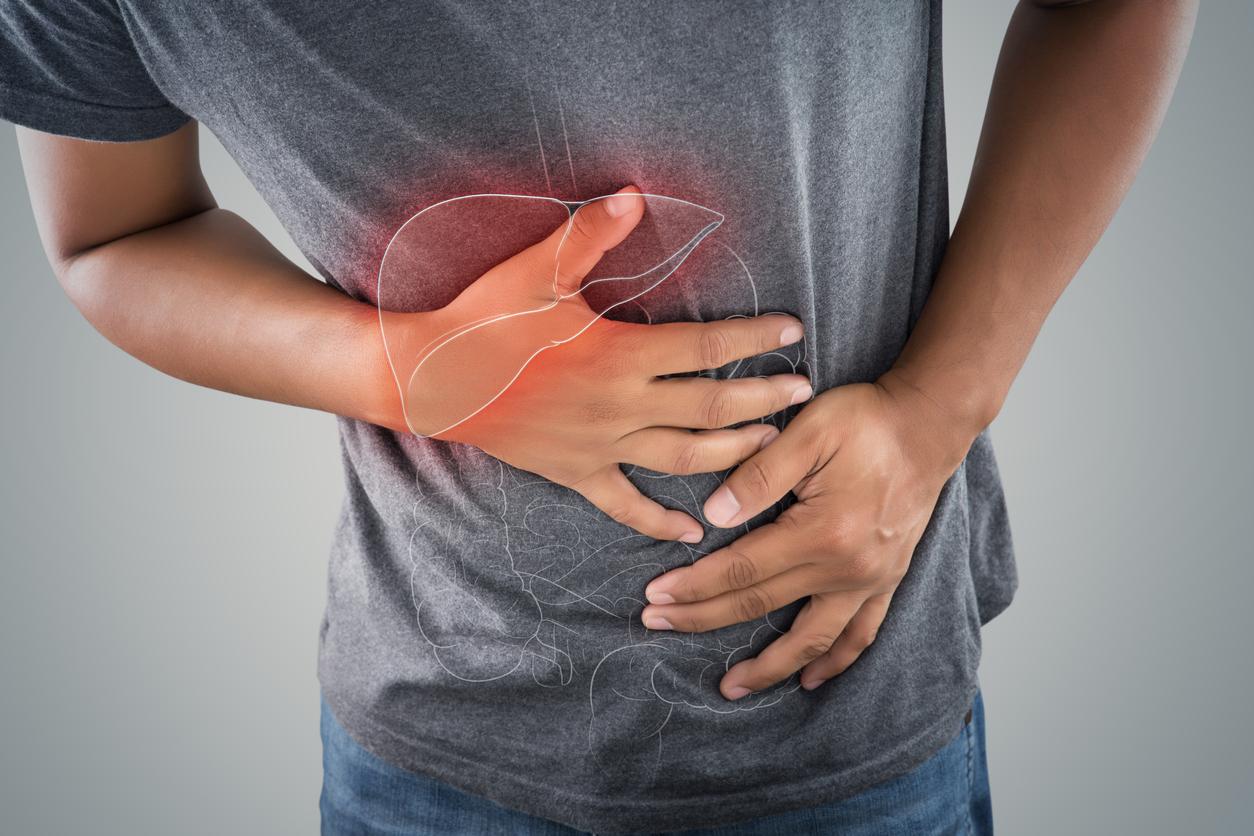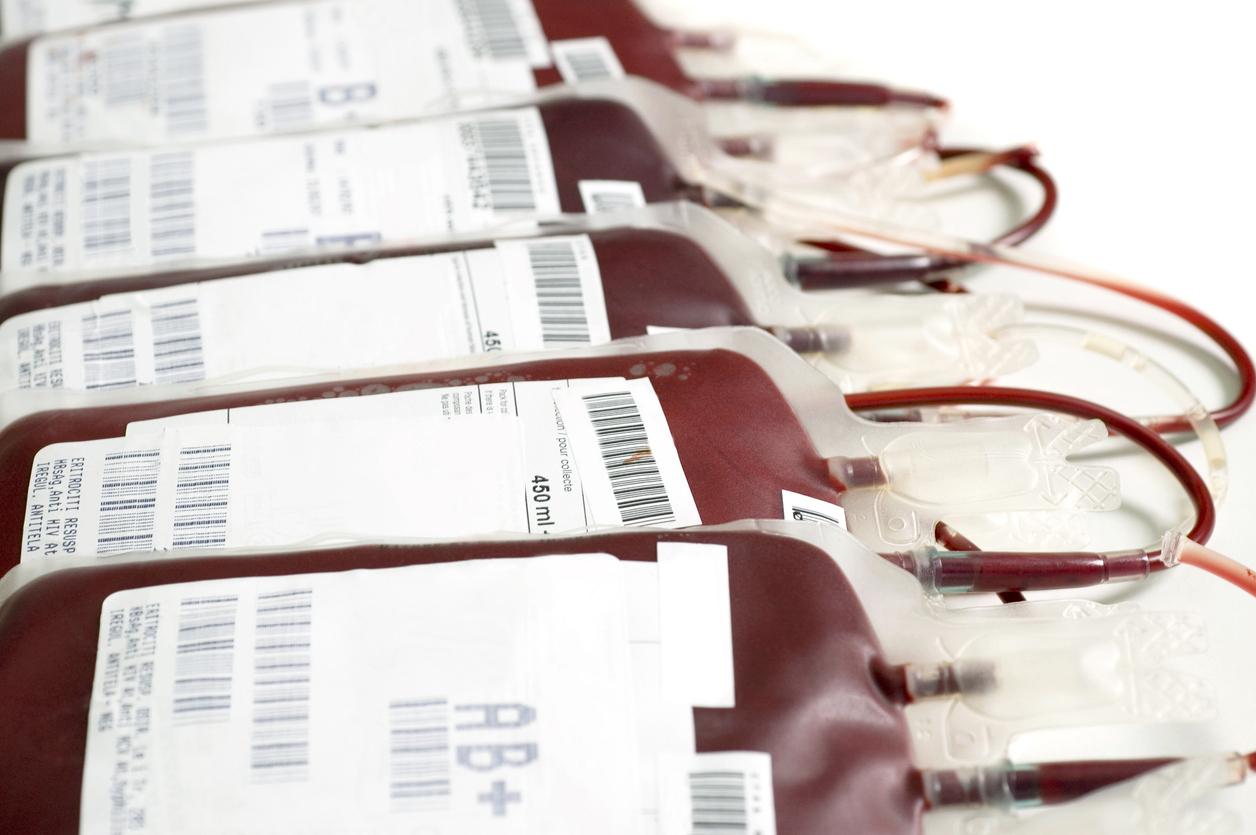At a time when medicine around the world is looking for a treatment or a vaccine for Covid-19, there is new hope for treating the patients most seriously affected by the coronavirus. The idea is to inject them with antibodies from the blood plasma of cured patients. France, but also China and the United States are studying this track.
Until now, blood plasma was used experimentally. But, “given the potential seriousness of the COVID-19 disease and in order to increase the chances of survival for patients with a severe form”, the French Medicines Agency (ANSM) announced on April 30 that it had expanded, outside clinical trials, serotherapy to treat people seriously affected by Covid-19. It must be done according to the strict conditions defined by a therapeutic use protocol (PUT), completes the ANSM.
Why blood plasma could be a weapon against Covid-19?
If scientists place their hopes in blood plasma, it is because this liquid component of blood contains the antibodies that the immune system uses to fight disease. Once the patient is cured, he keeps these antibodies, also called immunoglobulins, in the plasma. The idea is to recover this “therapeutic” plasma from former patients in order to transfuse it into severe patients. We then speak of “passive antibody therapy“: the patients recover thanks to the immunity of donors and not by their own immune system.
This technique, also called serotherapy, has already been used at the very beginning of treatments against HIV, but also for patients with SARS or Ebola. Moreover, plasma donation is used outside of the coronavirus epidemic, to treat patients suffering from pathologies that reduce immunity.
In the context of the Covid-19 epidemic, the plasma of people who have been sick with COVID-19 “could improve the survival rate of patients with acute respiratory distress syndrome”, says the Medicines Agency, even if at this stage ” the efficacy of these plasmas has not been demonstrated.”
In France, what are the results of the “Coviplasm” clinical trial?
A clinical trial”Coviplam” has been conducted since April 6 jointly by the AP-HP (Paris hospitals), the French Blood Establishment (EFS) and the National Institute of Health and Medical Research (Inserm). It is piloted by Dr. Karine Lacombe, Head of the Infectious and Tropical Diseases Department at Saint-Antoine Hospital (Paris). The results of this clinical trial are expected in early May.
Where does the collected plasma come from? Plasma samples were taken from patients from the three French regions most affected by Covid-19: Grand Est, Ile-de-France and Bourgogne Franche-Comté. These are 200 patients cured for at least 14 days to allow time for antibodies to develop in their blood. The blood collected was analyzed by the EFS to verify that there is no longer any trace of Covid-19, as is the case for any other blood donation.
Which patients included in the clinical trial benefited from it? The trial includes 60 patients hospitalized in Ile de France, but only half benefited from the plasma supply in order to carry out a comparative study. The objective is to compare immune responses with or without plasma injection.
From now on, severe hospitalized patients will therefore also be able to benefit from it, apart from this trial.
A treatment already applied in New York
The Food and drugs administration (FDA) authorized on March 24 the use of plasma, classified as a “experimental new drug”to help coronavirus patients. Initially, two New York hospitals, Mount Sinai and the Albert Einstein College of Medicine will begin this type of treatment. Other patients from other hospitals will receive placebo treatment. Next, this technique could be applied in anticipation in the most exposed people, such as nursing staff. The advantage of this method? His very low cost, unlike the development of a drug. And above all the speed of use, against a vaccine that will take months if not years to be used.
Through the emergency Investigational New Drug (eIND) application process, FDA is facilitating the use of #COVID19 convalescent plasma as an investigational treatment for individual #COVID19 patients with serious or immediately life-threatening #COVID19. https://t.co/zbLa5yw6ot
— US FDA (@US_FDA) March 24, 2020
A technique from the Spanish flu
This technique dates from the end of the 19th century at the time of the Spanish flu. A series of patients had been treated in this way. The rresult was not revolutionary, but had reduced the mortality of treated patients. By the time of the Ebola and SARS epidemics, it had been used again. It has been identified that the treatment was more effective in the early disease symptoms.
Source:
ANSM, opinion of April 30, “Decision of 04/29/2020 authorizing the collection, preparation, storage, distribution and delivery of the labile blood product “Covid-19 convalescent plasma” and subjecting it to specific conditions of use in the interest of public health.”
Read also:
- Coronavirus: what if the BCG vaccine protected caregivers?
- Avigan : a miracle cure?
- Coronavirus: what is a cytokine storm?
- Chloroquine, Plaquenil… : what there is to know
- Who is Didier Raoult, this doctor who claims to have found the antidote?
- Azithromicyn : an antibiotic that could cure the coronavirus
- I’ivermectin : this pest control could be a cure for coronavirus
- Heparin: will this drug be effective against the coronavirus?
- the tocilizumab improves the prognosis of moderate and severe patients
- Coronavirus and blood groups: what we know
- Coronavirus screening: how to get tested?
- Coronavirus: how to treat yourself at home?
- Digestive disorders: atypical symptoms of coronavirus
- Coronavirus and hypertension: the risks















